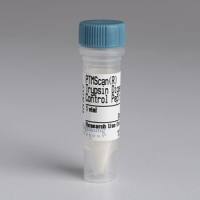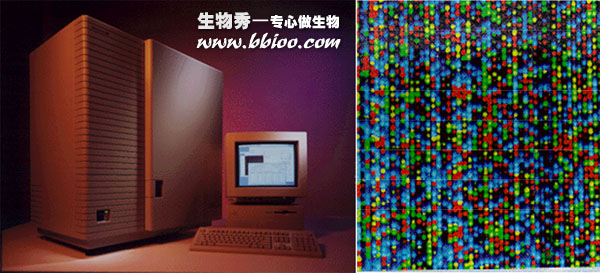High Throughput Methods for Analyzing Transition Metals in Proteins on a Microgram ScaleHigh Throughput Methods for Analyzing Transition Metals in Pro
互联网
328
Transition metals are among the most common ligands that contribute to the biochemical and physiological properties of proteins. In the course of structural proteomic projects, the detection of transition metal cofactors prior to the determination of a high-resolution structure is extremely beneficial. This information can be used to select tractable targets from the proteomic pipeline because the presence of a metal often improves protein stability and can be used to help solve the phasing problem in x-ray crystallography. Recombinant proteins are often purified with substoichiometric amounts of metal loaded, so additional metal may be needed to obtain the homogeneous protein solution crucial for structural analysis. Furthermore, identifying a metal cofactor provides a clue about the nature of the biological role of an unclassified protein and can be applied with structural data in the assignation of a putative function. Many of the existing methods for transition metal analysis of purified proteins have limitations, which include a requirement for a large quantity of protein or a reliance on equipment with a prohibitive cost.
The authors have developed two simple high throughput methods for identifying metalloproteins on a microgram scale. Each of the techniques has distinct advantages and can be applied to address divergent experimental goals. The first method, based on simple luminescence and colorimetric reactions, is fast, cheap, and semiquantitative. The second method, which employs HPLC separation, is accurate and affords unambiguous metal identification.









